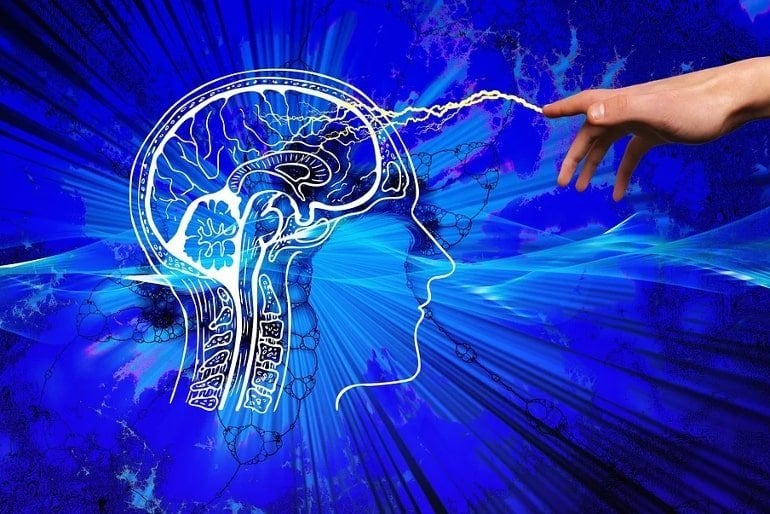
DBS, involving the delivery of high-frequency electrical stimulation to a region called the subthalamic nucleus (STN), apparently suppresses these elevated beta rhythms, restoring a healthier balance with other rhythm frequencies and better movement control.
The quartet’s work posits that under healthy conditions, with adequate dopamine, cells in the striatum called fast-spiking interneurons (FSIs) can produce gamma-frequency rhythms (30-100 Hz) that regulate the beta activity of the MSNs.But without dopamine, the FSIs are unable to limit the MSN activity and beta comes to dominate a whole circuit loop connecting the STN to the FSIs, to the MSNs, to other regions and then back to the STN.“When dopamine levels go down, the MSNs can produce more beta and the FSIs lose their ability to produce gamma to quench that beta, so the beta goes wild.
The FSIs are then bombarded with beta activity and become conduits for beta themselves, leading to its amplification.”.
When DBS high-frequency stimulation is applied to the STN, the model shows, that replaces the overwhelming beta input received by the FSIs and restores their excitability.Reinvigorated and freed from those beta shackles, the interneurons resume producing gamma oscillations (at about half the DBS stimulation frequency, typically at 135 Hz) that then suppress the beta activity of the MSNs.“DBS stops the beta from propagating towards FSIs so that it is no longer amplified, and then, by additionally exciting FSIs, restores the ability of FSIs to produce strong gamma oscillations, that will in turn inhibit beta at its source,” Adam said.In Parkinson’s disease, where dopamine is absent and beta becomes dominant, the FSI’s lose their regulatory flexibility, but amid DBS, with beta dominance disrupted, the FSIs can instead become modulated by input from the cortex even with dopamine still absent.That allows them a way to throttle the gamma they provide to the MSNs, and enable a harmonious expression of beta, gamma and theta rhythms.
The key is finding the optimal gamma rhythms of the FSIs, which may vary a bit from patient to patient.
The healthy striatum exhibits rich dynamics resulting from an interaction of beta, gamma, and theta oscillations.We develop a biophysical networked model of a BG pathway to study how abnormal beta oscillations can emerge throughout the BG in PD and how DBS can restore normal beta, gamma, and theta striatal rhythms
We also find that DBS allows the reexpression of gamma and theta rhythms, thought to be dependent on high DA levels and thus lost in PD, through cortical noise controlIt also suggests how gamma and theta oscillations can be leveraged to supplement DBS treatment and enhance its effectiveness